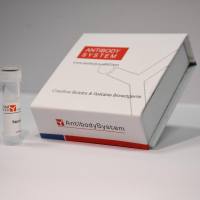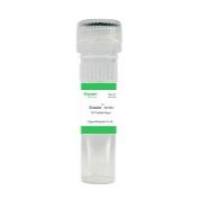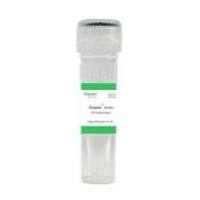Measurement of Eosinophil Accumulation In vivo
互联网
557
Eosinophils are leukocytes that contain characteristic cationic proteins in their granules that bind the acidic dye eosin. In contrast to neutrophils, eosinophils are minority cells in the blood and are predominantly tissue-dwelling cells found at sites in contact with the environment: the mucosal surfaces of the lung, gastrointestinal tract, and genitourinary tract. Selective accumulation of eosinophils, as opposed to neutrophils, is one of the major pathological features of the inflammatory response to infection with parasitic helminths, and in several diseases such as asthma, allergic rhinitis, and atopic dermatitis. A key step in leukocyte recruitment is the local production of chemoattractant molecules that orchestrate the adhesive interactions between leukocytes and the vascular endothelium.








